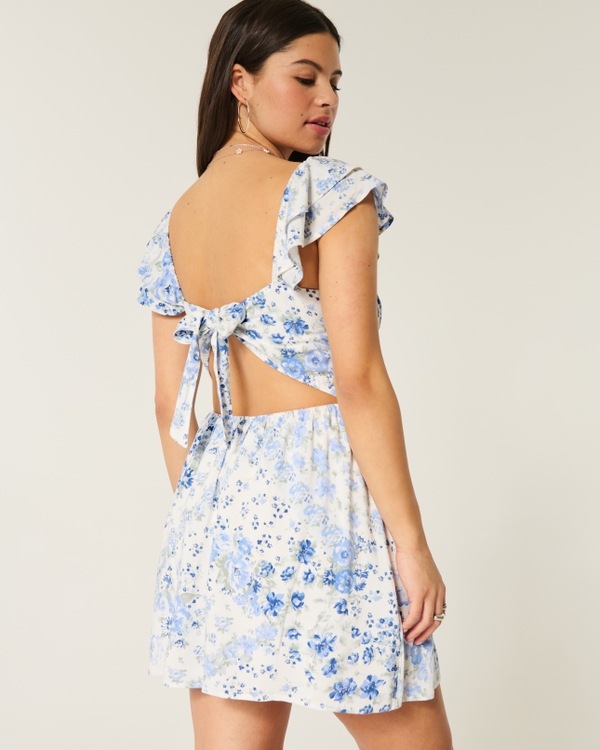Rules of Cotillion
When joining Cotillion, each member agreed to the rules and guidelines. The Dress Code details specific regulations that all Members must follow. The Rules of Cotillion are clearly documented and available on this website. Please review these Rules before attending a dance.
The Cotillion Club of Sarasota upholds a specific dress code for dances, a tradition that has been cherished and maintained over the years. It is a long-held tradition to require appropriate dress at these events. Adherence to the following dress code is expected and enforced unless otherwise noted on the invitation.
The Board of Directors makes a concerted effort to enforce the dress code consistently at each event. Members who do not follow the dress code may be offered corrective attire. In addition, members may be issued an infraction for their failure to follow the Rules of Cotillion.
If you are unsure if your attire is appropriate for a dinner dance and would like clarification, you are welcome to email a picture to the Etiquette Committee at vpetiquette@sarasotacotillion.org.
Proper Dress Attire for Ladies
A CONSERVATIVE DRESS. No rompers, pantsuits, top & skirt sets, or shorts. A Cotillion dress should have:
A modest neckline and conservative silhouette. Dresses should reflect a style suitable for a respectful setting such as a church, synagogue, or a formal ceremony.
Conservative hem length. Hemlines, including any dress slits, must be longer than the lady’s fingertips when her arm is extended by her side, even while dancing. Knee and midi-length dresses are also welcome.
Be appropriately dressy (semi-formal or formal) as indicated on the invitation. Remember, Cotillion dresses are typically more conservative than prom or other school dresses.
Proper coverage. The dress must cover from just under the armpits to the conservative hem length, with solid, non-sheer material. No cutouts or open backs below the bra line. Dresses with spaghetti straps or are strapless are welcome if they meet this criteria. Appropriate undergarments, such as bra straps, must be worn and remain hidden beneath the dress at all times.
Dress shoes with a back, such as pumps, flats, slingbacks, or shoes with a strap around the back of the heel or ankle. Comfortable shoes are encouraged. You may bring a change of shoes to wear during dancing, as long as they are Cotillion-compliant with a back or strap around the ankle.
Proper Dress Attire and Shoe Examples:
.

🚫 Improper Dress Attire for Ladies 🚫
No pants, pantsuits, rompers, shorts, or skirt sets.
No plunging necklines, cut-outs or low-cut backs below the bra line, bare midriffs, slip dresses with thin material or that look like lingerie, dresses that are too tight, bodycon, are overly revealing, or are shorter than the lady’s middle fingertip at her sides (even while dancing). Dresses should not be too tight, have cut-outs below the bra line, or open backs below the bra line.
No center-line ruching seams on the back of the dress between the waistline to the bottom of the dress.
No lace-up backs, unless fully covered by solid material.
No center-cut, side, or back dress slits that are higher than your fingertips down at your sides.
No visible bra straps or undergarments. All bras and undergarments—including clear or skin-toned—must be fully concealed beneath the dress.
No club dresses.
No hats or sunglasses.
No slides, mules, flip-flops, boots, booties, lace-up booties, sneakers, flip flops, or canvas shoes. Backless shoes are inappropriate.
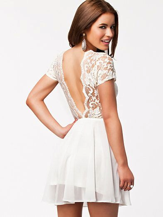
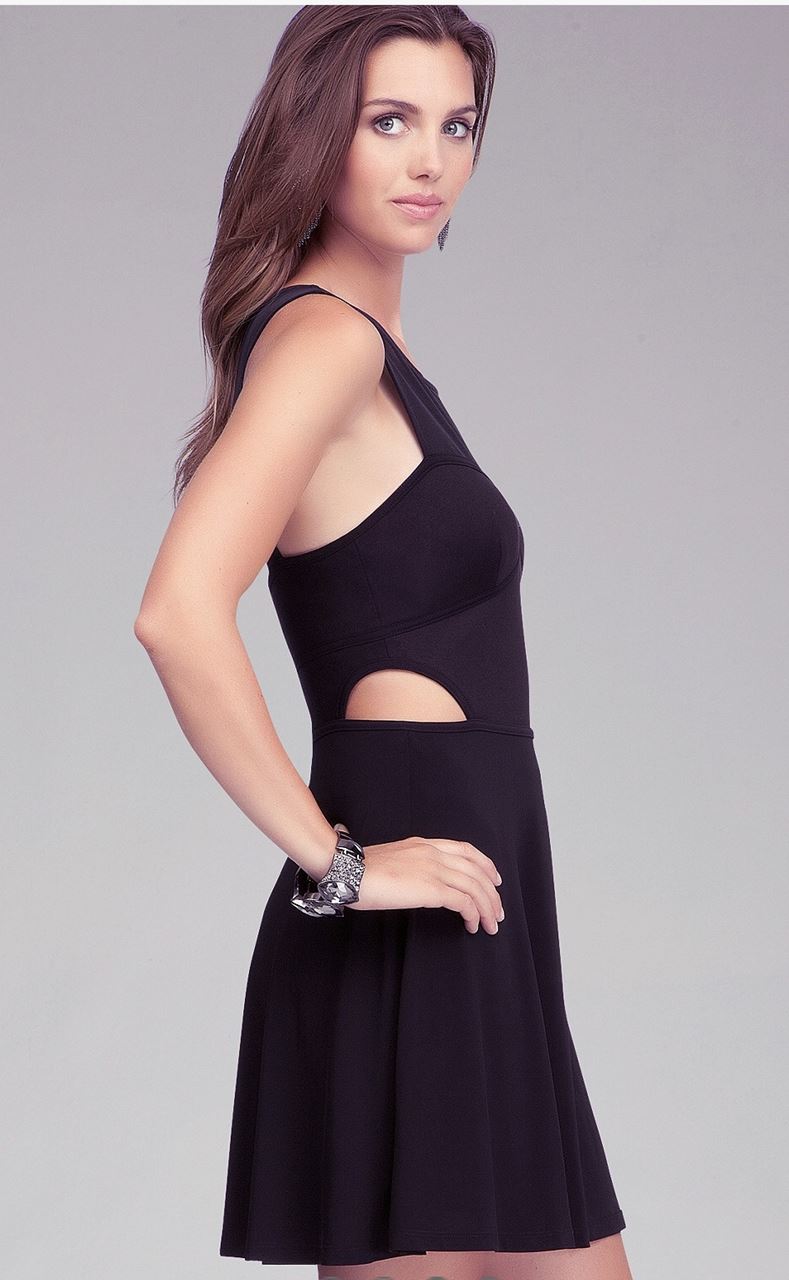

.
Improper Shoe Examples:


Proper Dress Attire for Gentlemen

Traditional suit or blazer with dress pants. Dress pants are made from suiting materials and have a tailored, formal appearance.
Button-down, collared dress shirt. Shirts should be ironed and free from stains. The top button should be fastened beneath the necktie. Shirts should remain tucked in.
Necktie, leather belt, and dress socks. Neckties should have a conservative or professional color and/or pattern. A belt should traditionally match the shoes (brown belt with brown shoes, etc.). All shoes should be worn with dress socks.
Dress shoes that are dark-colored with HARD SOLES. Shoes in dark shades of brown, burgundy, and black are acceptable. A hard soled shoe is one that sounds like knocking on a door when tapped on the bottom. Shoes must fully enclose the foot and rise no higher than the base of the ankle, such as polished laced shoes or dress loafers.
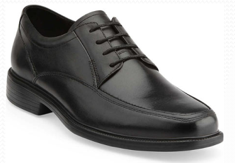
.
🚫 Improper Dress Attire for Gentlemen 🚫
The following clothing is not acceptable for gentlemen to wear:
No khakis, chinos, jeans, shorts, corduroy slacks, cargo pants, or novelty pants are permitted.
No collarless shirts, tee-shirts, novelty button down shirts, or untucked shirts.
No sports socks, ankle socks, or white socks. Socks must be worn with all shoes. All portions of the feet and ankles must be covered by a proper dress sock.
No novelty blazers, jackets, ties, accessories. No hats or sunglasses.
No white-soled or fully rubber-soled shoes. No white or non-dressy shoe trim should be exposed on the shoe while standing. No light colored shoes. No all-terrain soles. No boat shoes, casual loafers, driving loafers, sneakers, boots, combat boots, or flip flops.
No visible undergarments, such as boxer shorts.
No removing suit jackets, blazers, ties, socks, belts, or shoes during the dance.
Improper Dress Attire Examples:


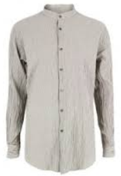
Improper Shoes, Belts, and Socks Examples:
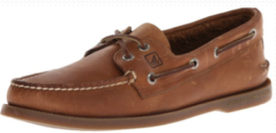
.
What to do at a Cotillion Dinner-Dance if your attire is deemed inappropriate
If attire is deemed inappropriate by a Board Director, the choices are as follows:
- Wear corrective attire offered at the dance (e.g. proper socks, tie, shawl, skirt); or
- Receive an infraction for wearing improper attire and respond with a mailed letter of correction to the Board Secretary.




